Once you’ve made the decision to move north, you are faced with a tougher decision: what to pack when moving to Iqaluit.
This question has perplexed everyone who has relocated to the Arctic, but is especially difficult for those who move themselves rather than those who are moved by the government.
The latter situation is uncommon, but our advice can be summed up as such: bring whatever the heck you want. The former situation is more common and more restrictive, so our post will focus on that.
What to Consider
If you’re moving to Iqaluit, chances are you’re flying through one of two places: Ottawa or Montreal. For both of these gateway cities, your baggage allowance is two 70 pound bags. This is shockingly generous considering how chincy Canadian airlines have gotten these days, but the northern airlines know to not mess around with who those who depend on every ounce of their luggage allocation.
Now, you can fit a lot into your 140 pound allotment, but paying extra for excess baggage can be well worth the investment. For both First Air and Canadian North, your third piece of luggage (70 pounds) is $75, while your fourth and fifth pieces of luggage (70 pounds each) are $100 each. Given the increasing costs of Canada Post (don’t get us started…), excess baggage can be both convenient and cost-effective.
Note: Don’t be too ambitious – we’ve seen our fair share of last-minute luggage shuffling (even between passengers) at the airport check-in counter.
What to Pack
Of course this section couldn’t possibly be exhaustive, and of course everyone has different personal preferences, so this is not so much “what to pack” as much as it is “what to prioritize while packing.”
Winter gear
You’re in the Arctic, so this should be a given. Think top to bottom, and leave no body part unattended! You’ll want at least the following staple items: toque, neck warmer/scarf, parka (preferably with real fur – “sorry” PETA), long johns, snow pants, liner gloves, mittens, and snow boots. I’d suggest a rating to at least -50 degrees Celsius for most gear. Also, base layers are key. Be sure to throw in some snow goggles if you’re planning on snowmobiling. Heck, throw ’em in anyways because you’ll probably end up snowmobiling anyway and you’ll definitely need them for walking around town during blizzards (seriously). Sunglasses (bonus if they’re polarized) are arguably more important during winter than summer due to the clear blue skies and bright white snow that characterize this season.
Note: For further winter gear considerations, check out the Iqaluit Dress Guide for n00bs written by fellow Nunabloggers I’ll Have Nunavut.
“Shoulder season” gear
The shoulder seasons (fall and spring) are usually wet (due to rain and snow melt, respectively). Be sure to bring a good pair of rubber boots that are preferably insulated, or at least big enough to fit thick wool socks. A windbreaker and light gloves are also key.
Summer gear
One thing you can be sure of: you’re going to need a bug net. But further to that, you don’t need much. Living in Iqaluit will redefine your notion of what “summer” is. Sure, it’s warmer, but it hardly ever gets warm. This isn’t to say you won’t ever wear shorts or sandals, but you’ll need to wear long pants and a jacket more often than not. Possibly even a scarf and toque, as is evidenced by this photo of us hiking in July. Yes, JULY.
Note: If you plan on seeking southern sunshine during your vacations from the north, you should, in fact, pack requisite swimsuits/swim trunks.
Regular clothing
Just because we live in the Canadian Arctic doesn’t mean we throw fashion caution to the wind. Of course you can (and Sara has) worn Blundstone boots to the Legion, but don’t be surprised by the brave ladies daring to wear stiletto heels in -30 degree weather. Office attire is generally on the casual side of business casual, but don’t be shy if you want to dress to impress. We like to get fancy every now and then…
General items
Some things Everything is expensive up here. But more importantly than that, finding good quality items is challenging. So if you’re an artist, grab your finest paintbrushes. If you’re a runner, pack your favourite shoes. If you’re a foodie, bring your sharpest knives.
Creature comforts
While the stores up here have an ever-increasing array of ethnic/gluten-free/organic food items, be sure to bring any specialty foods you can’t live without (e.g. unconventional teas, beyond-basic-brand coffee beans, obscure Danish mustard sauce).
For those of you who like to enjoy a cocktail every now and then, keep in mind that Iqaluit has no liquor store (yet?). Although there are other ways you can buy alcohol in Iqaluit, stowing it in your luggage is arguably the easiest. Just remember to stick to the maximum limits (3 liters of spirits, or 9 liters of wine, or 26 liters of beer), and no liquor permit will be necessary.
For the health aficionados: supplements are currently non-existent, so beef up on protein powder. For the ladies: the make-up selection up here is slim to none, so stock up on war paint.
Sleepy eye mask
Yes, this one deserves a sub-heading of its own. That’s how much we rely on sleepy eye masks during the long (a.k.a. nearly never-ending) summer nights. Sometimes Sara forgets that she won’t need it down south and she brings it on her trips anyway. Old habits die hard.
What Not to Pack
Anything you don’t need immediately and can buy online
Keep in mind that many items (linens, toiletries, clothing, etc.) can be bought online at southern prices, so don’t waste your precious cargo space with anything you can source elsewhere. Of course you don’t want to wait several weeks for your one-and-only towel to show up at the post office, but if you can get by without some items for a short while then scope it out and do it up.
How to Pack
One word: carefully!!! We don’t know what those baggage handlers do to people’s luggage, but we’ll tell you this: you don’t want to spend your first night in Iqaluit salvaging what you can from your Rubbermaid tote covered in 2 litres of extra virgin olive oil and endless shards of glass (true story). So opt for plastic, not glass; boxes of wine, not bottles; more padding, not less; and single- if not double-bagging your liquids.
Do you have any packing tips for people moving north? If so, please share them in the comment section below!

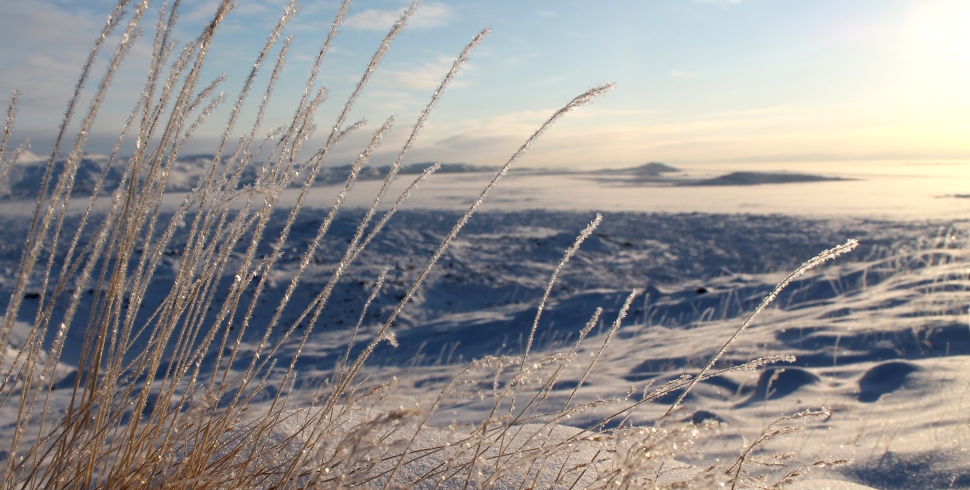
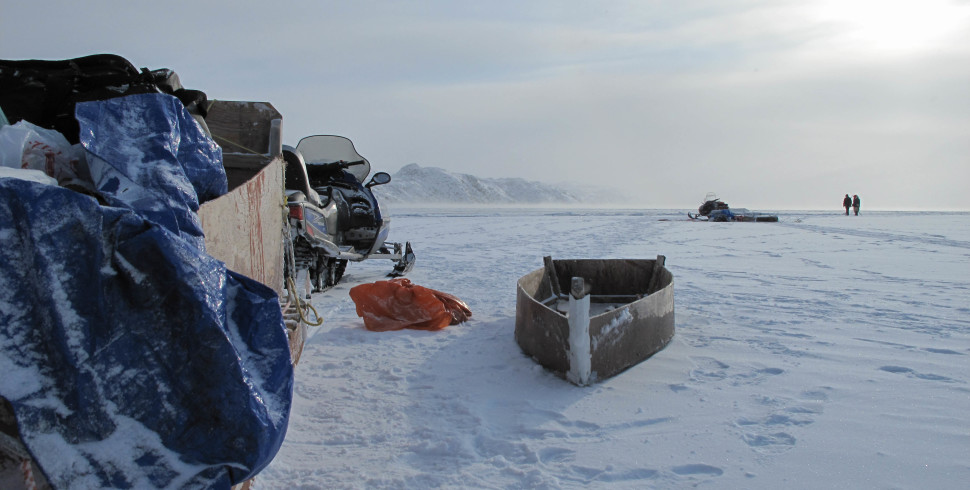
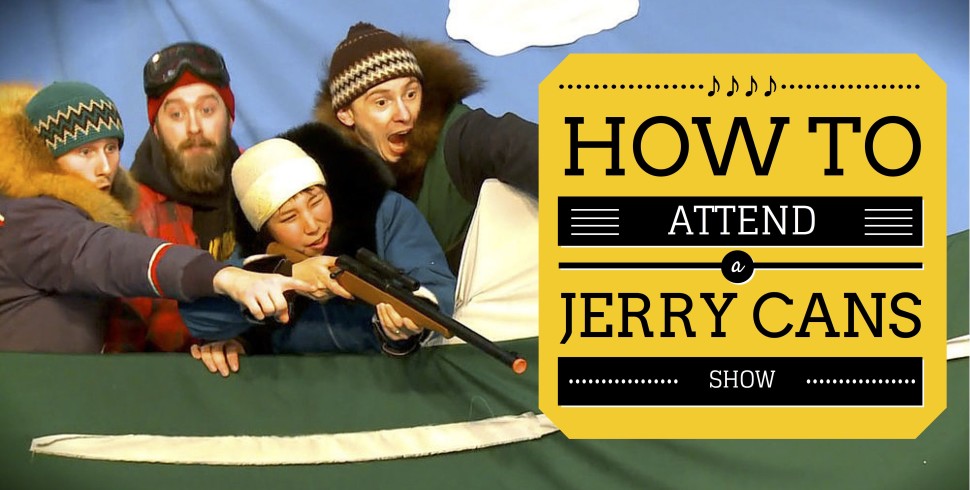
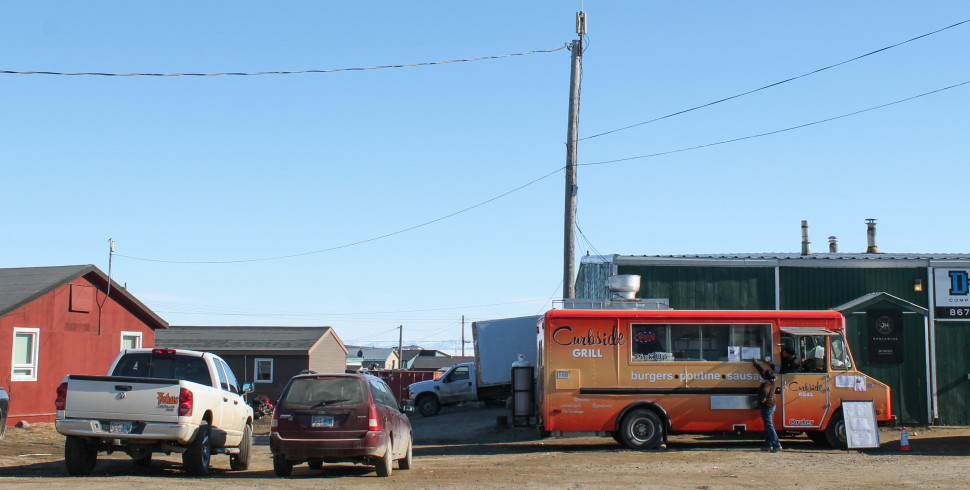
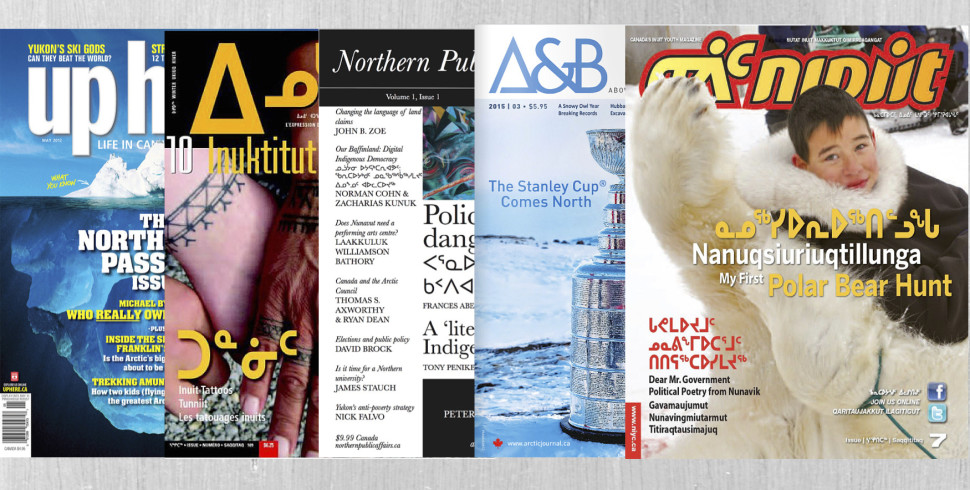
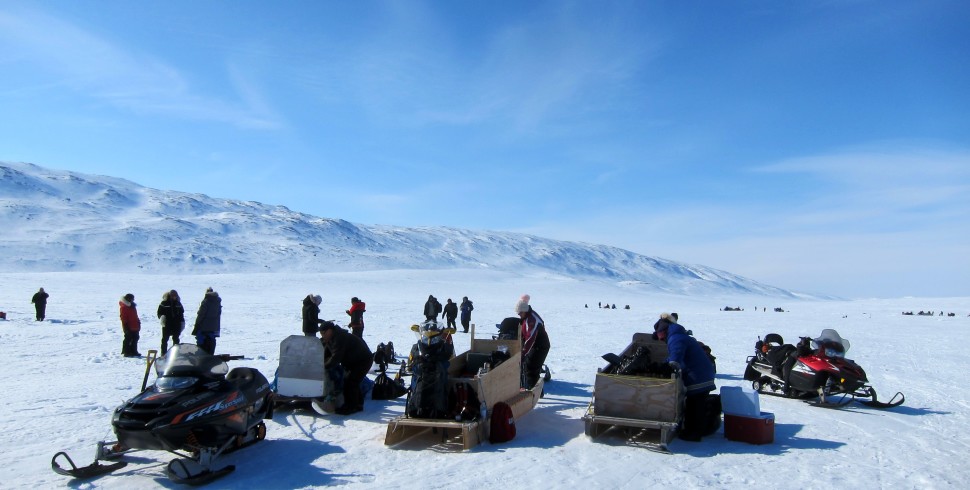
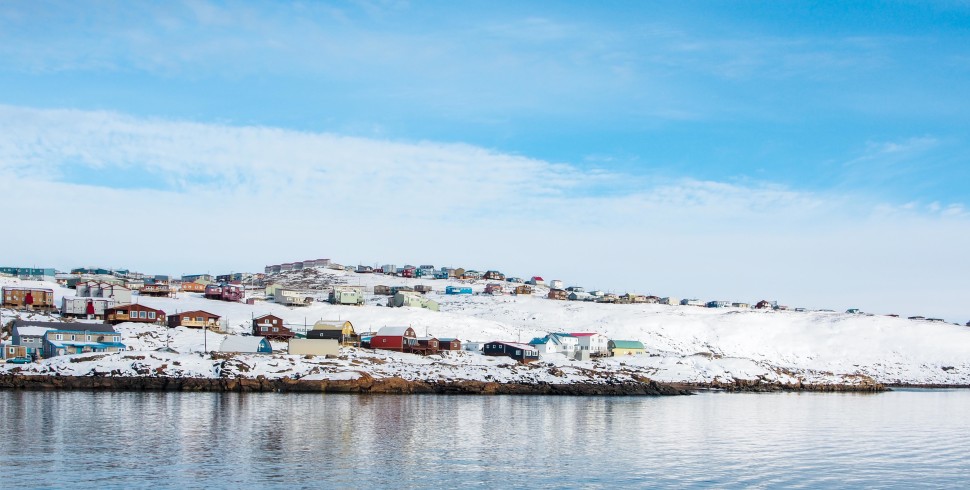
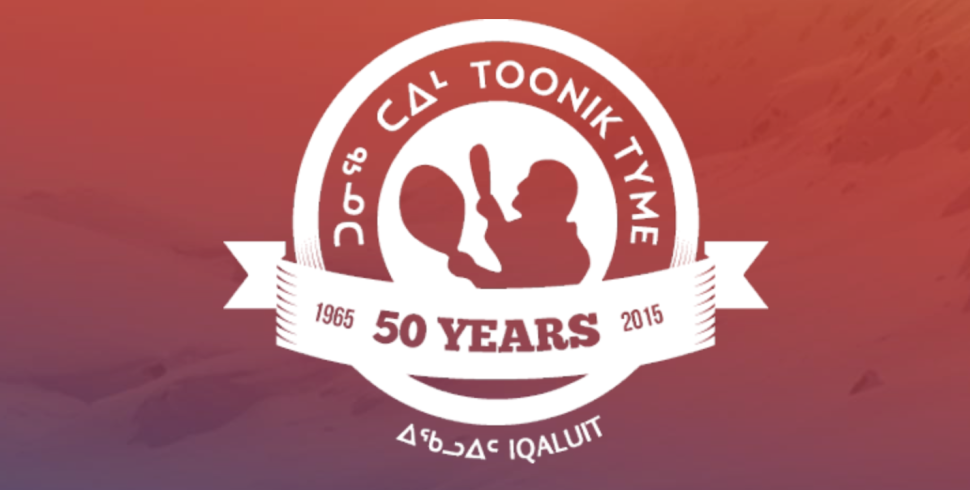
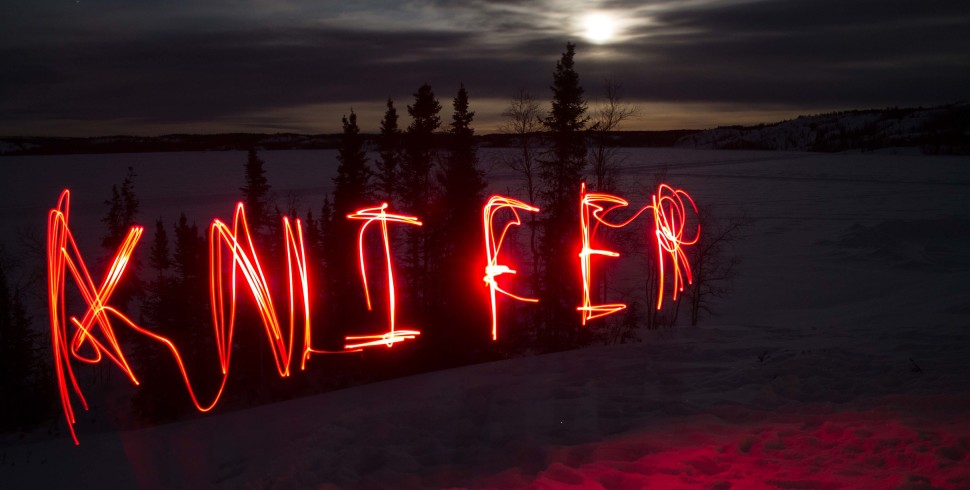

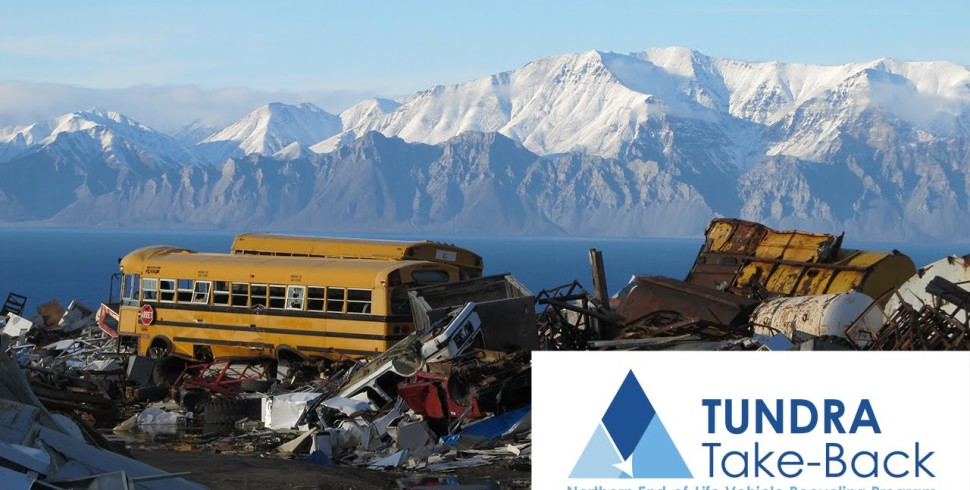
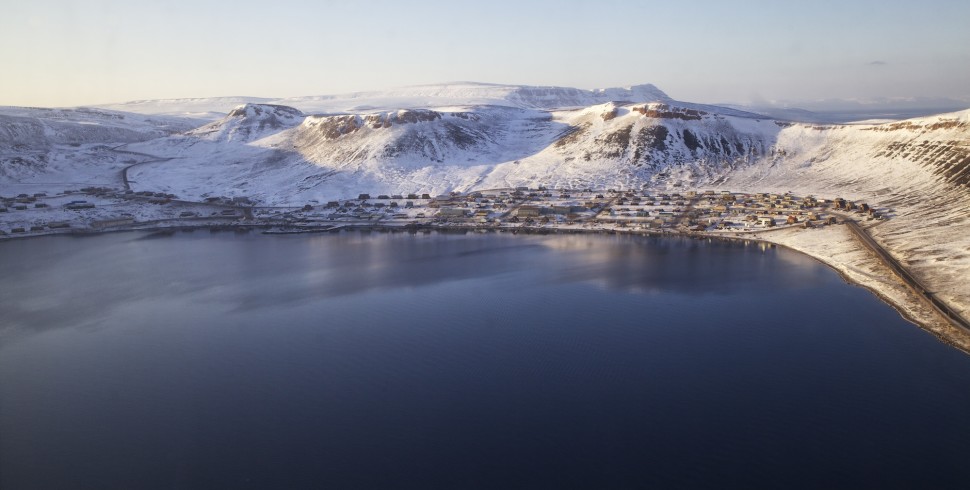
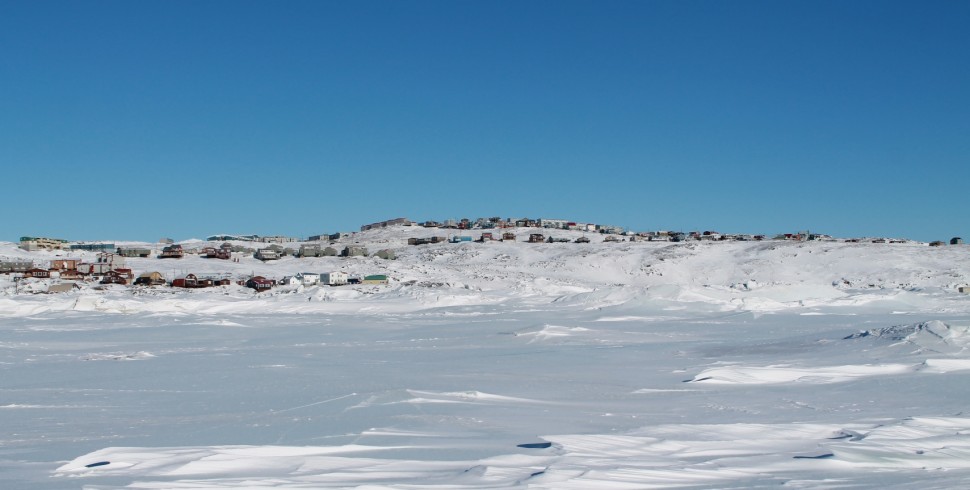
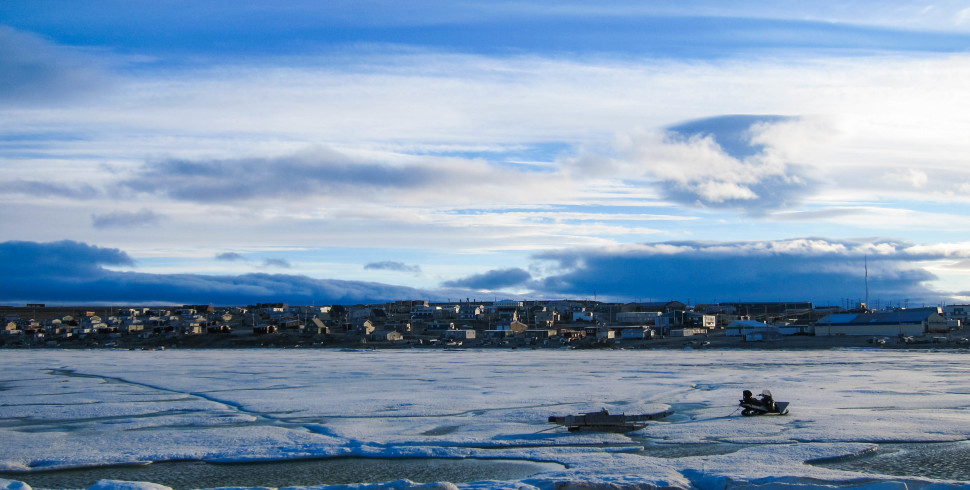
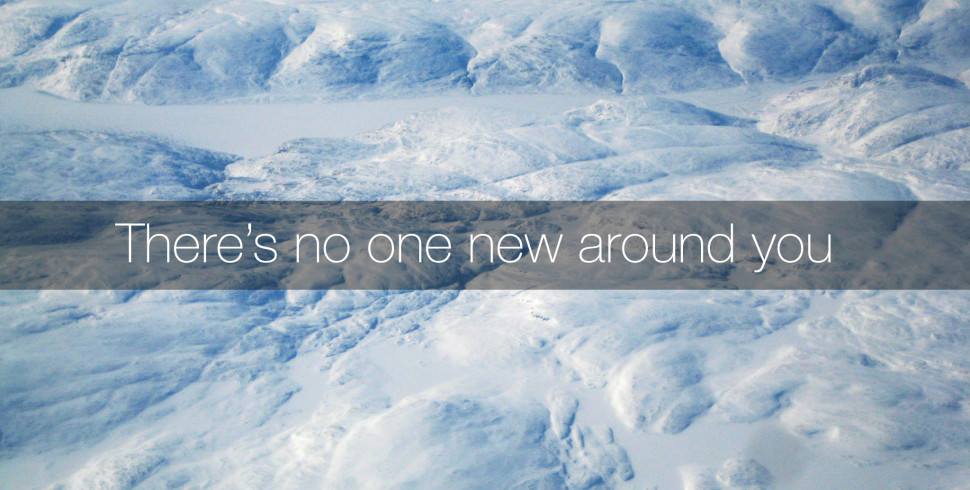
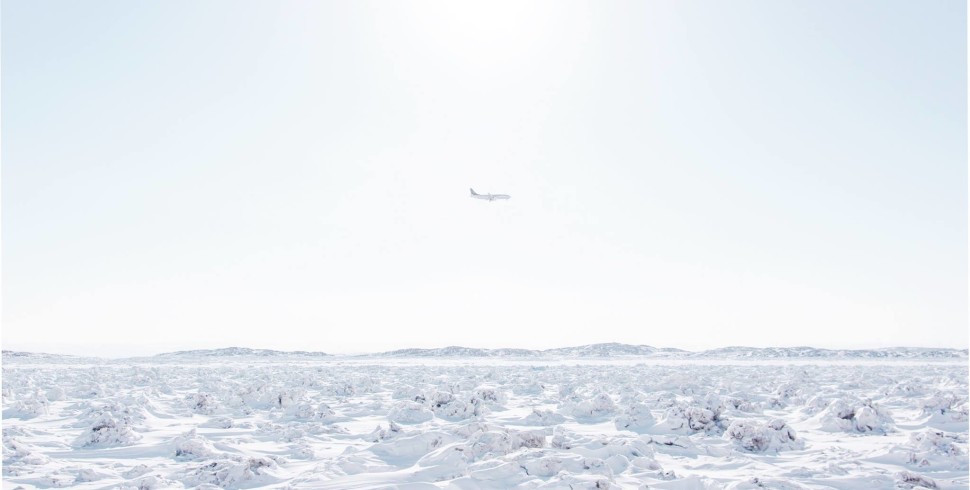
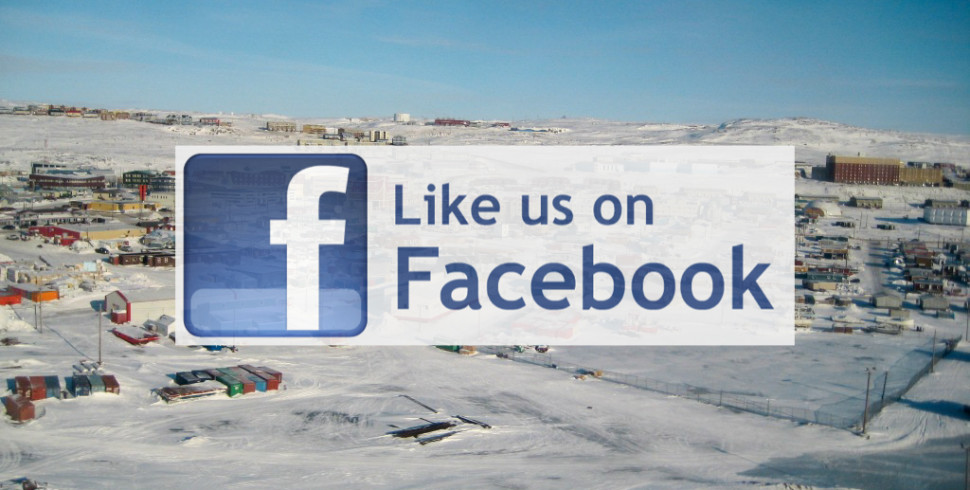



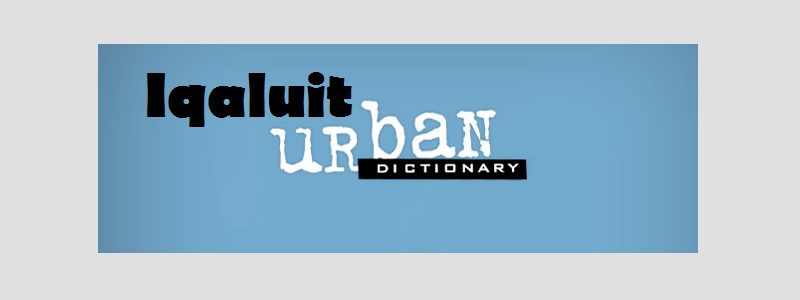

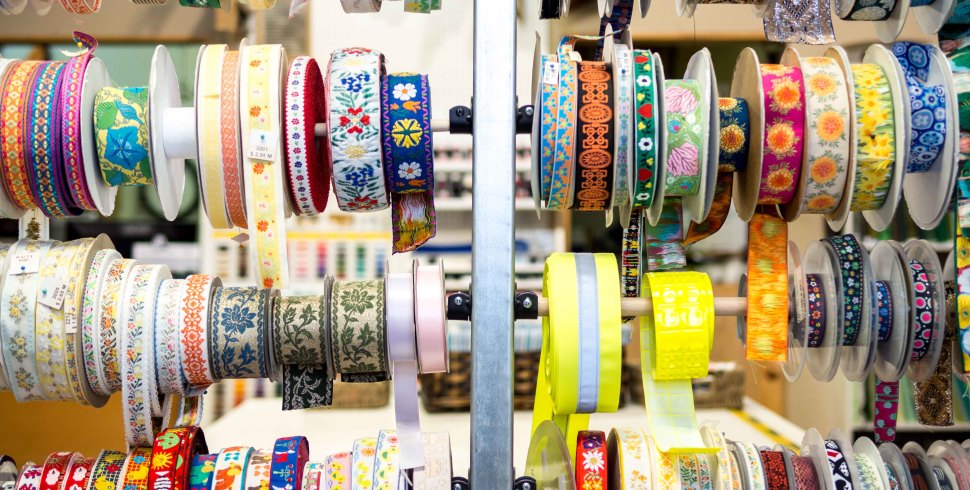
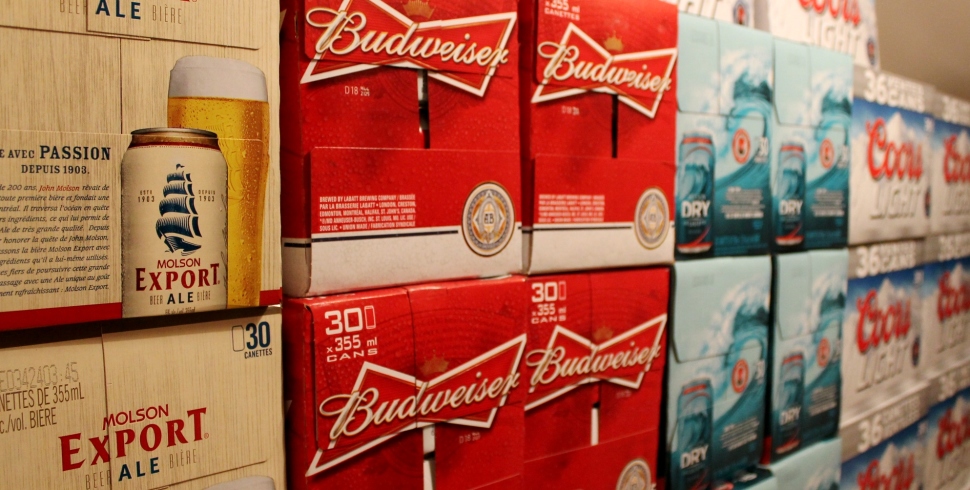

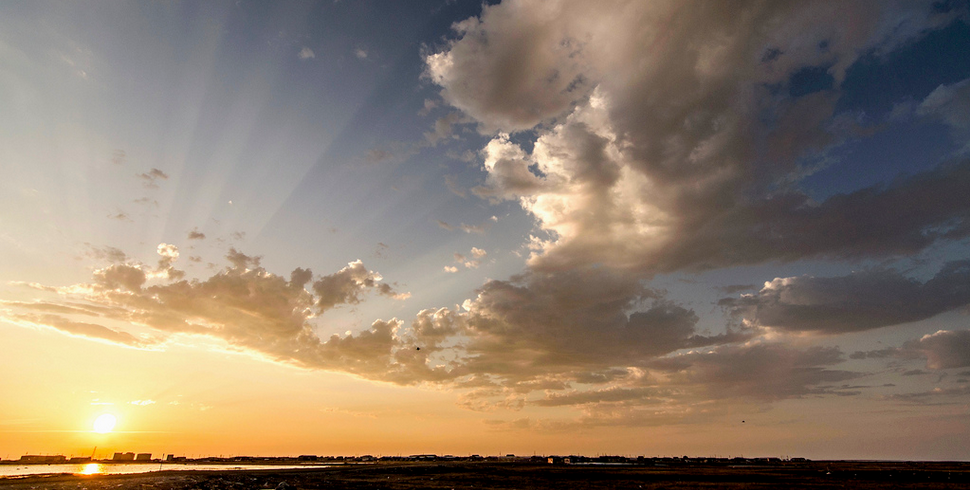


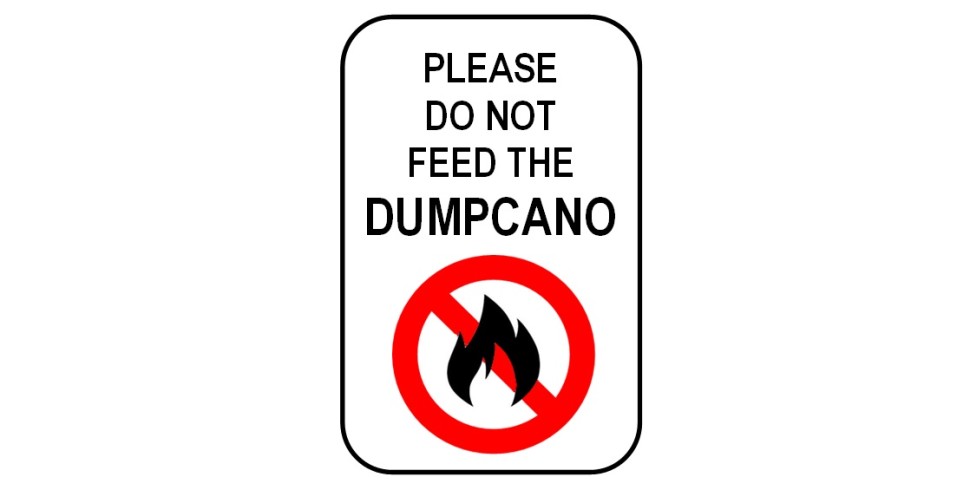
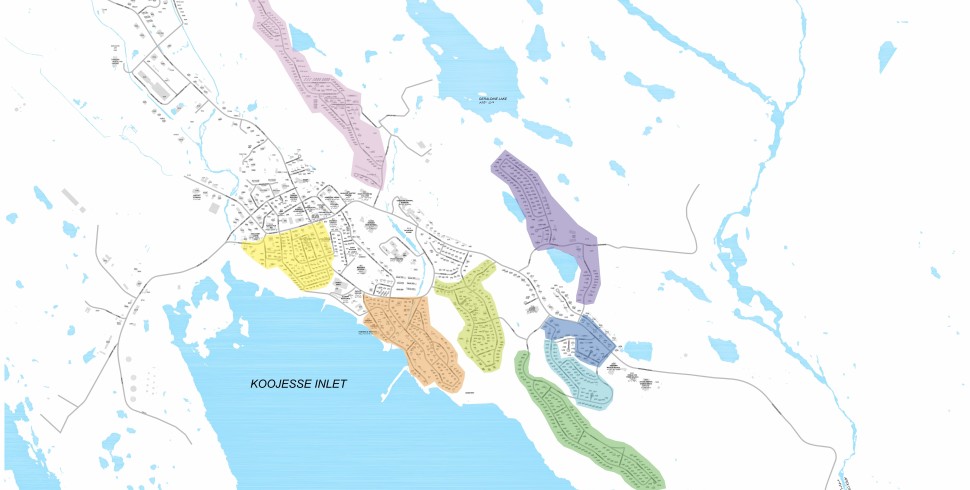
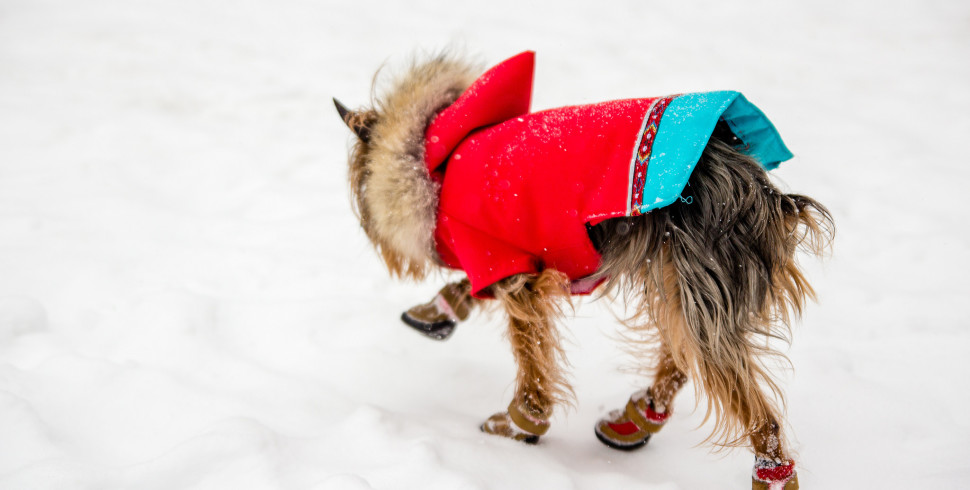
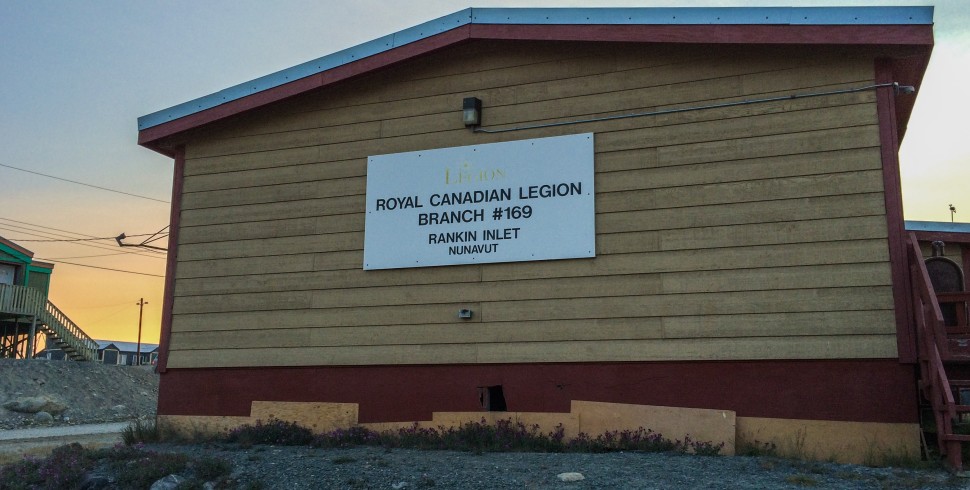
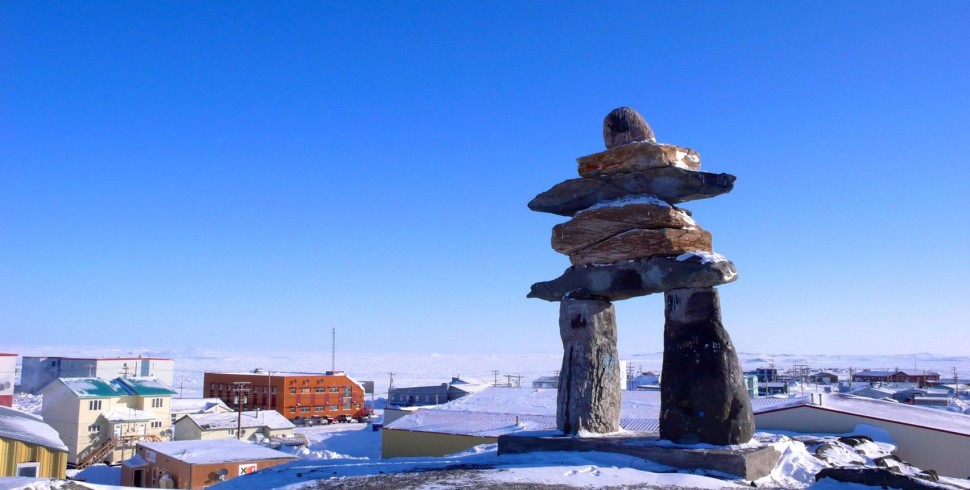
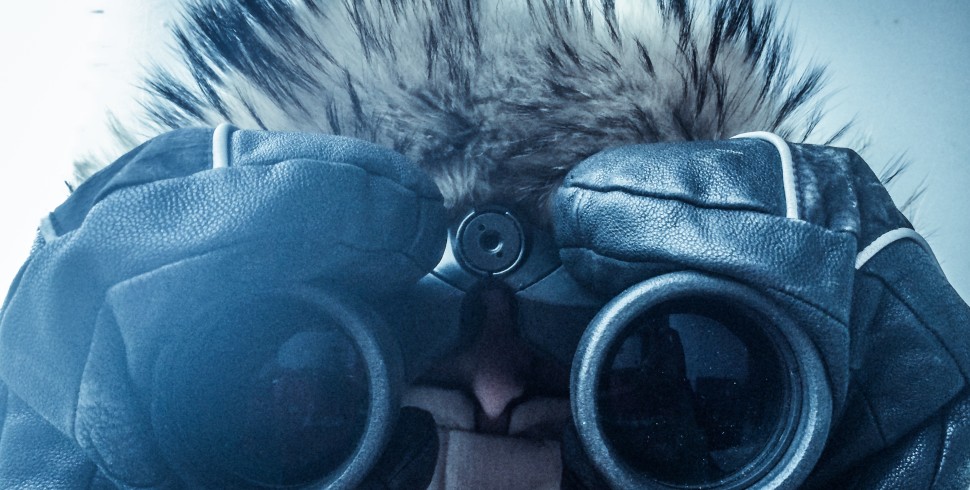
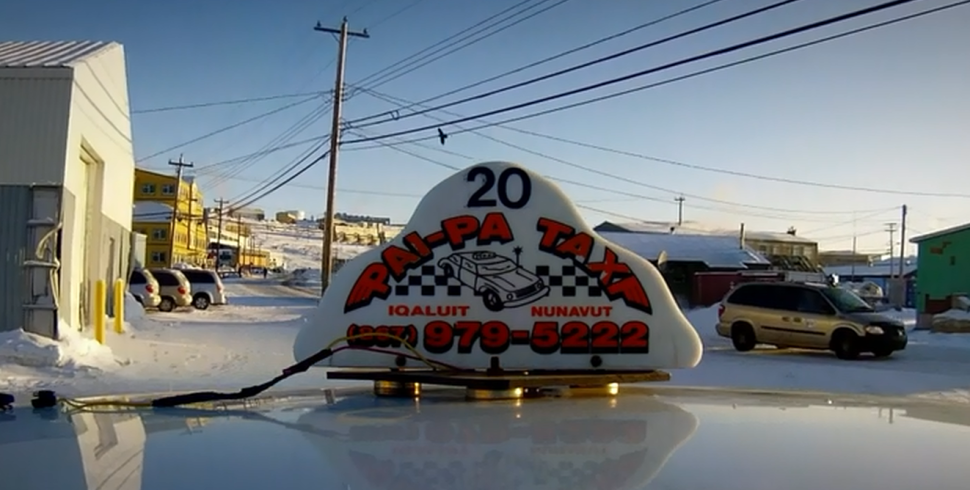

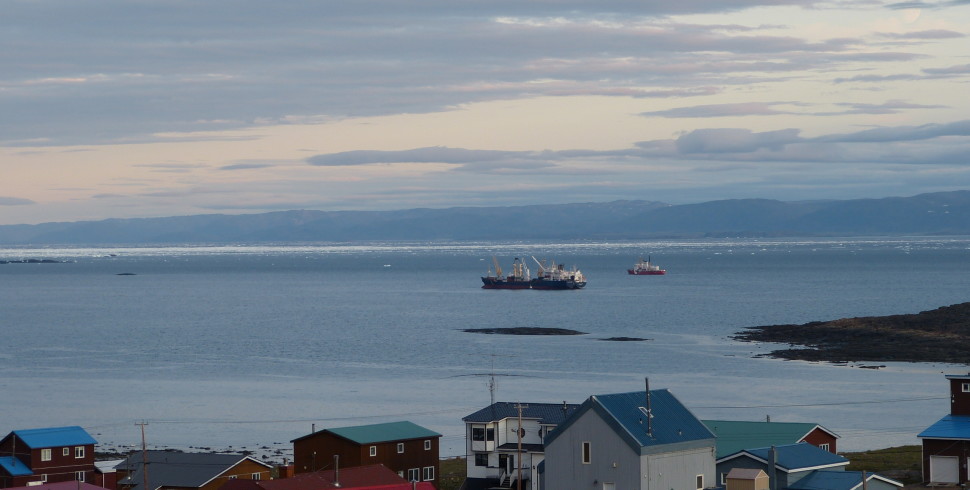
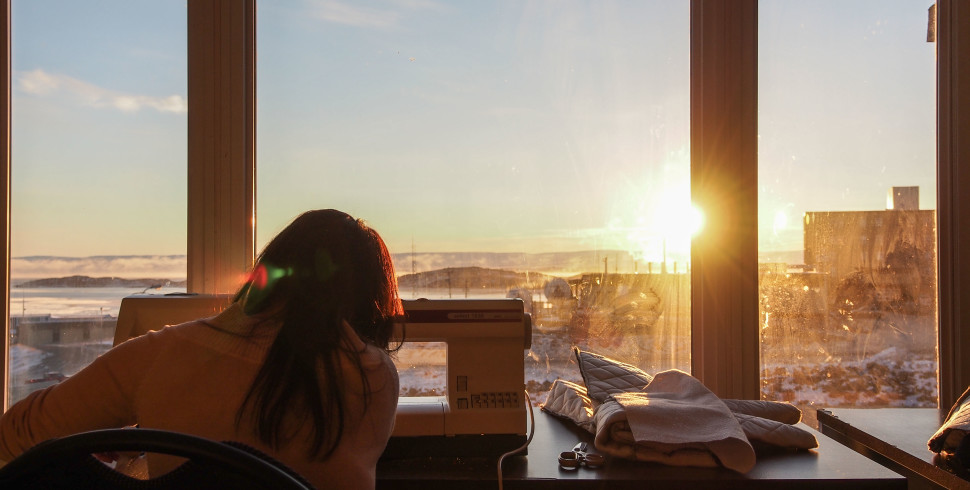
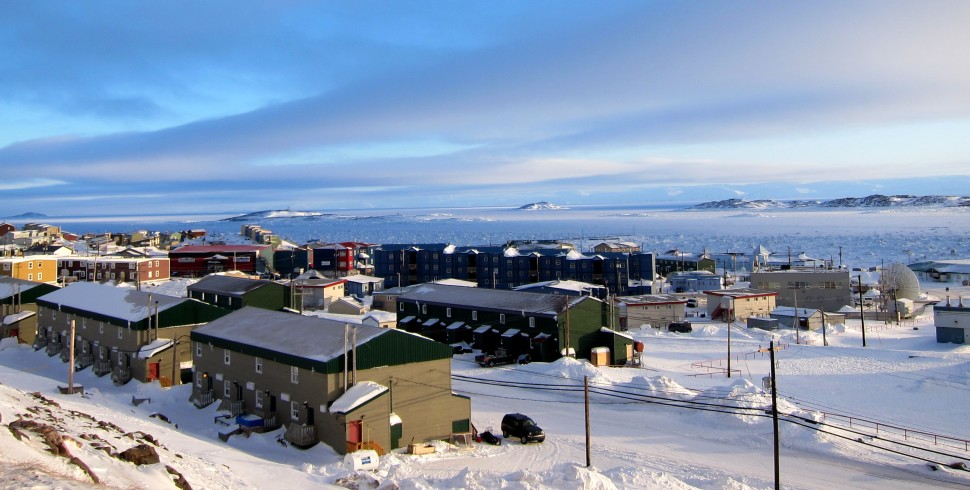
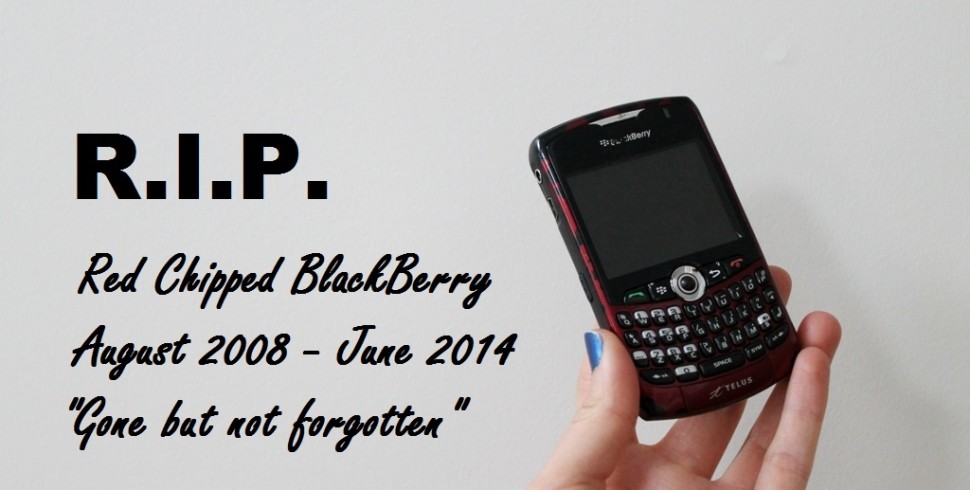

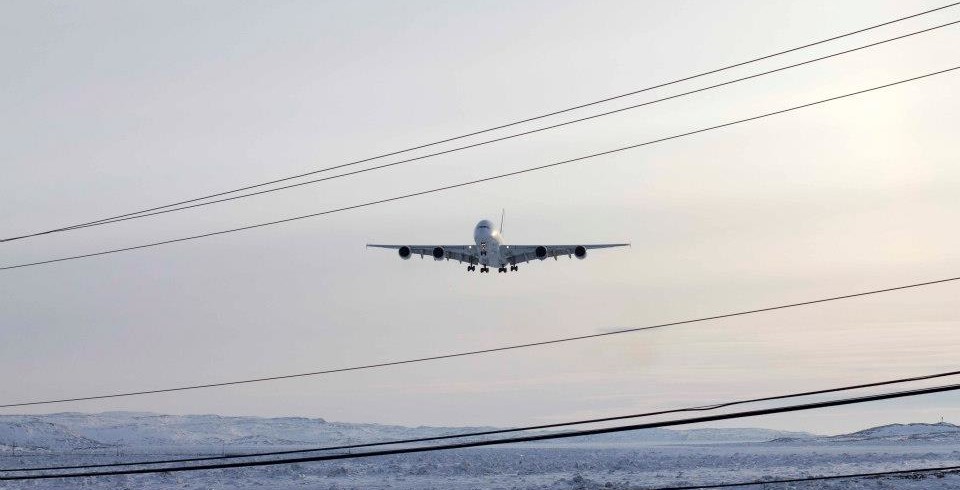

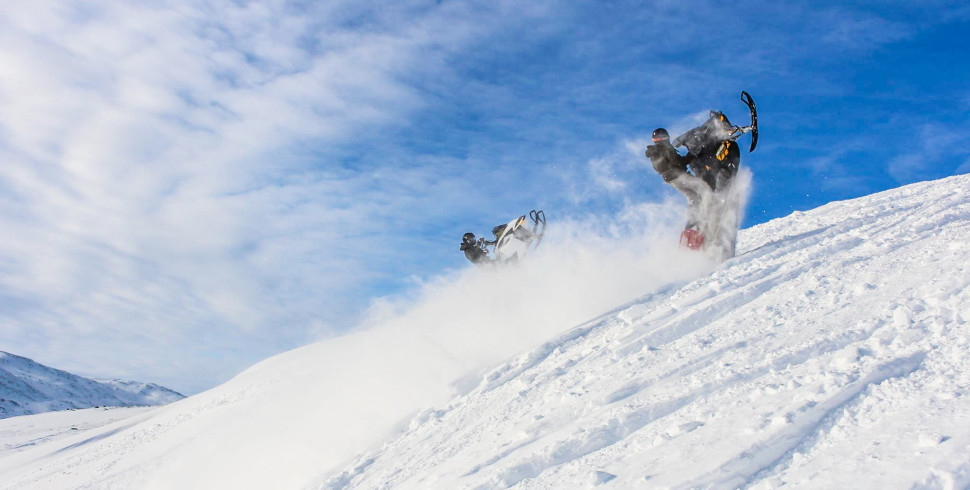
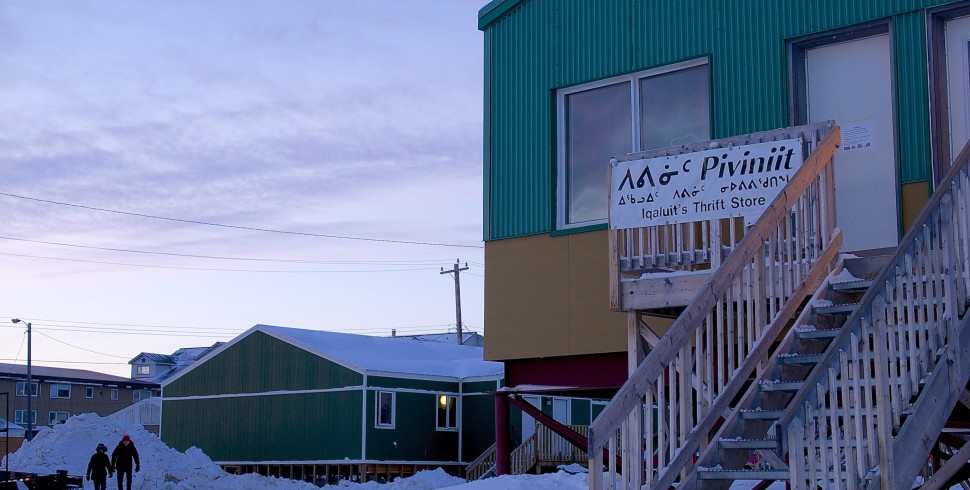
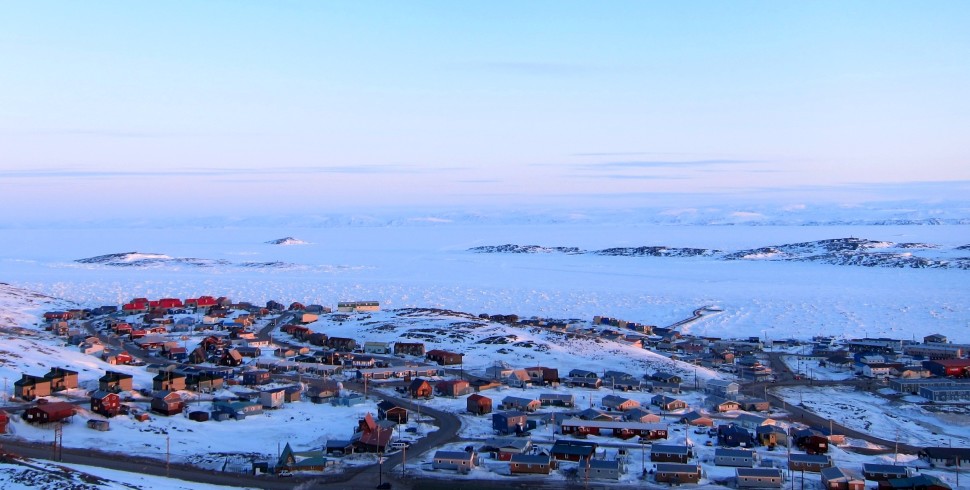
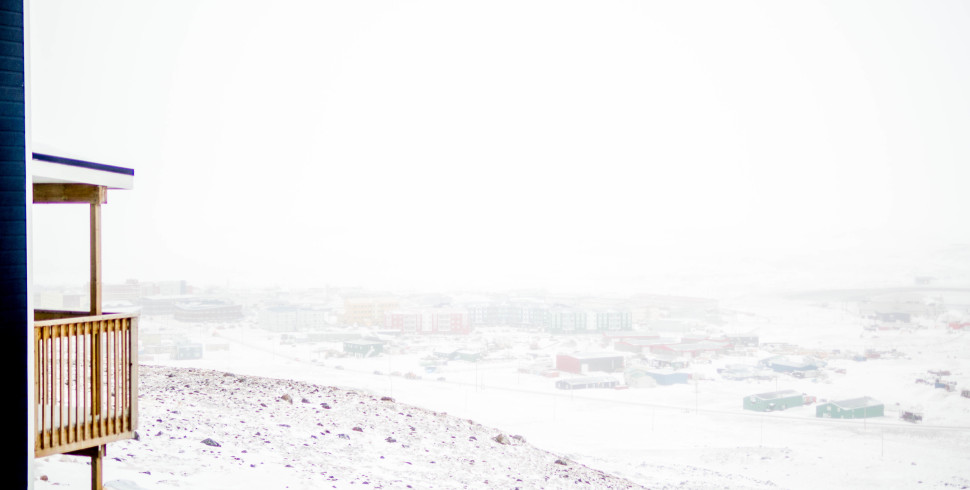
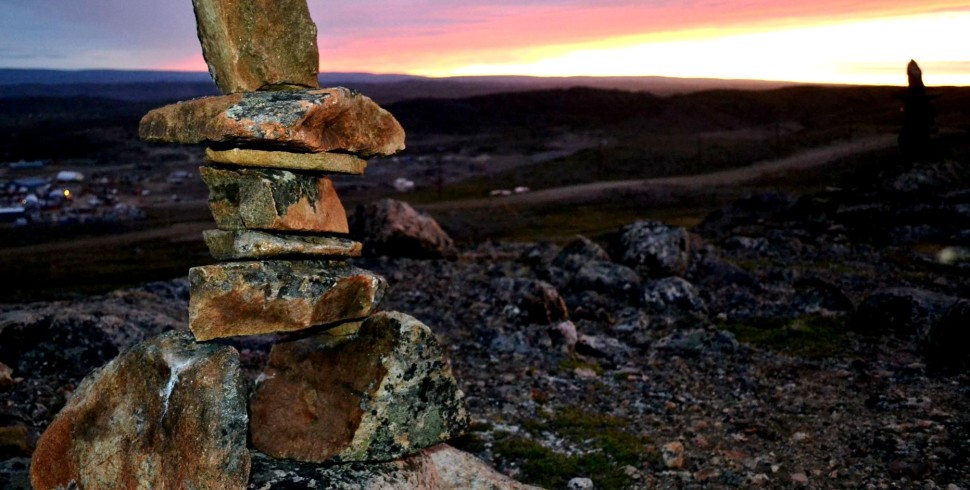
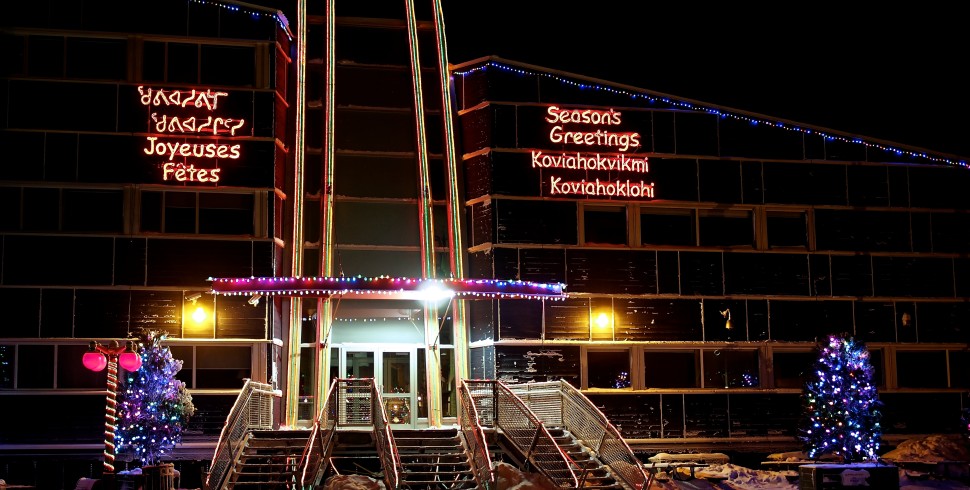
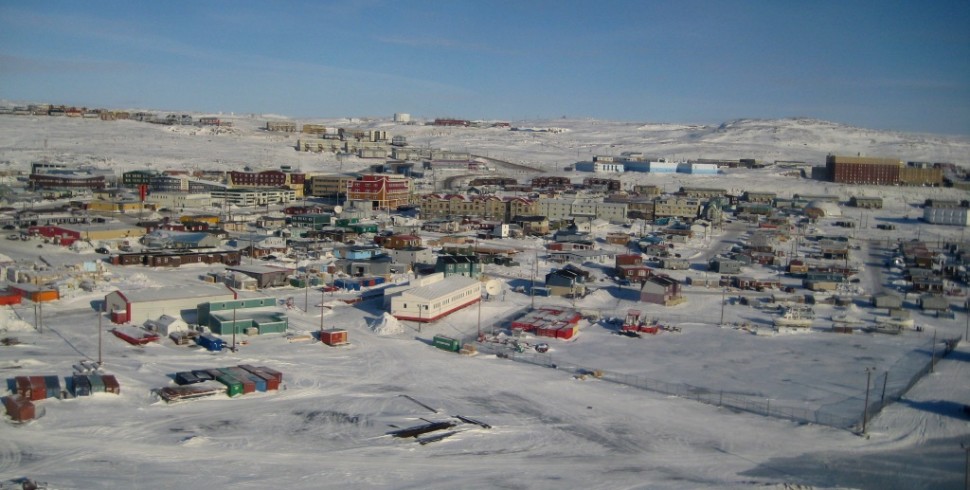
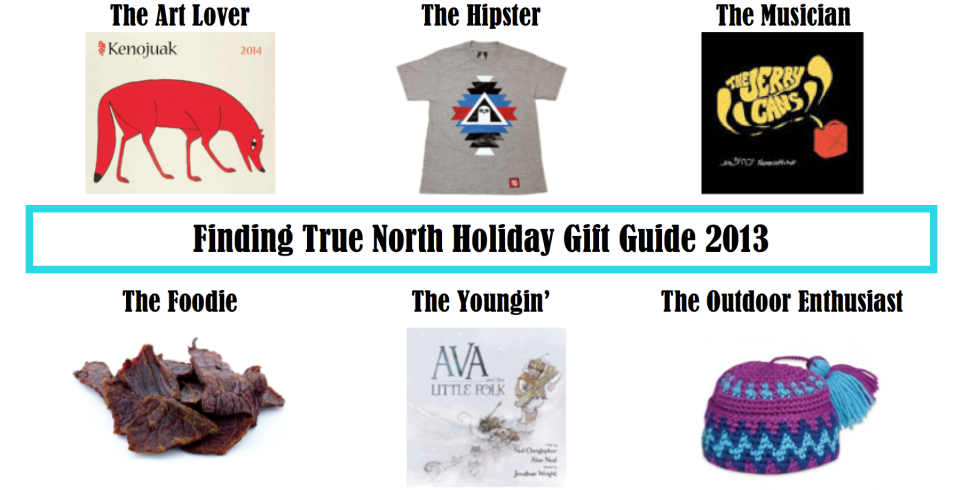

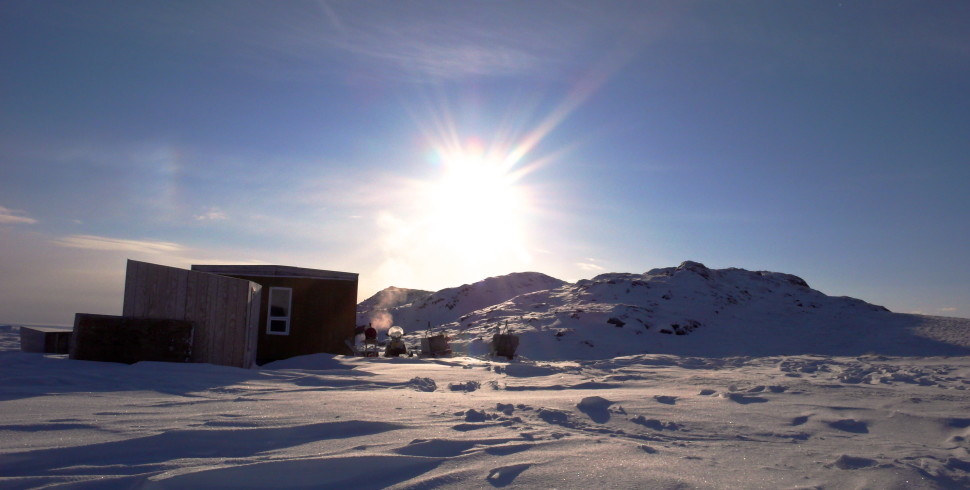
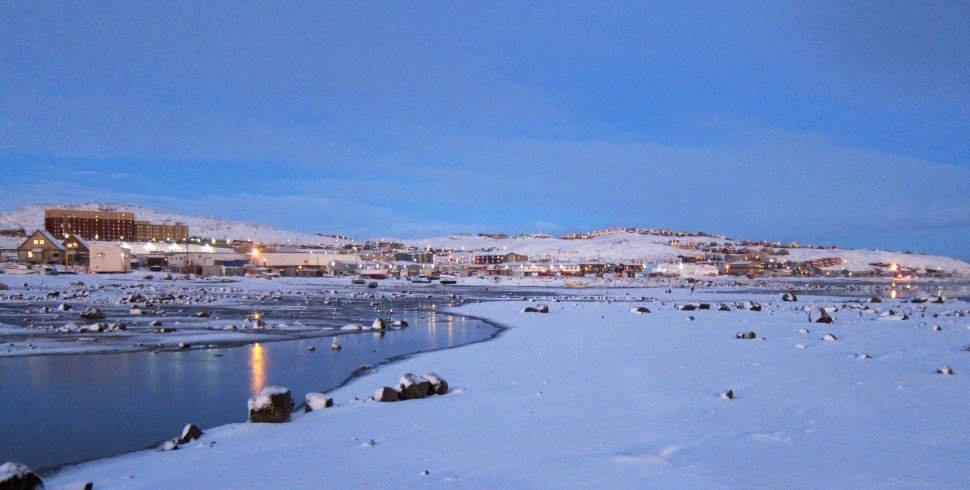
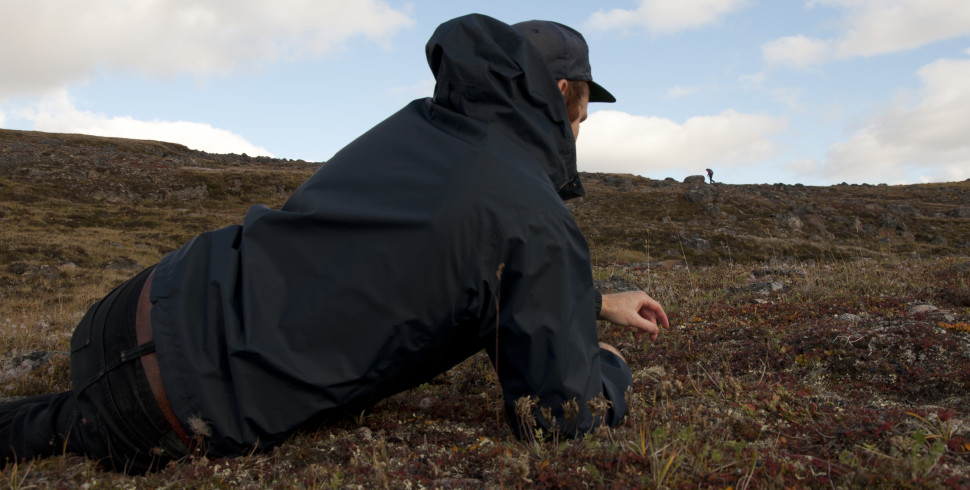
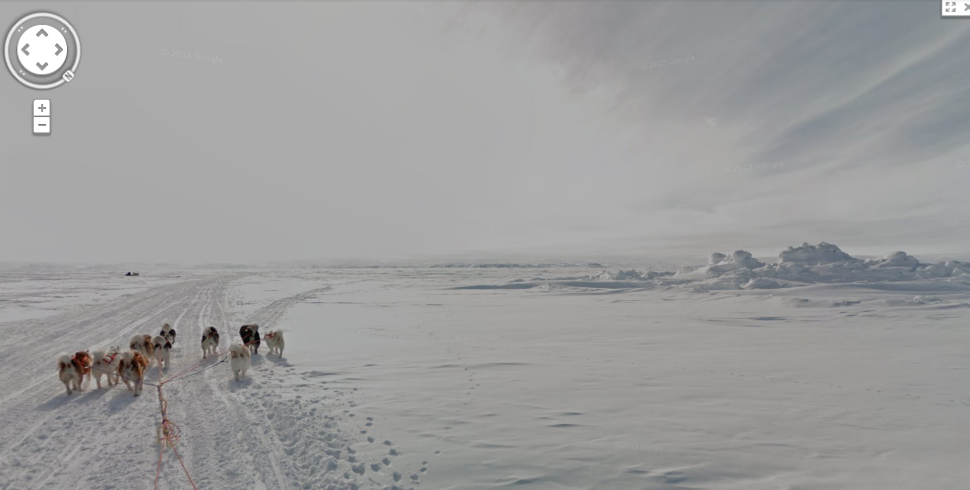
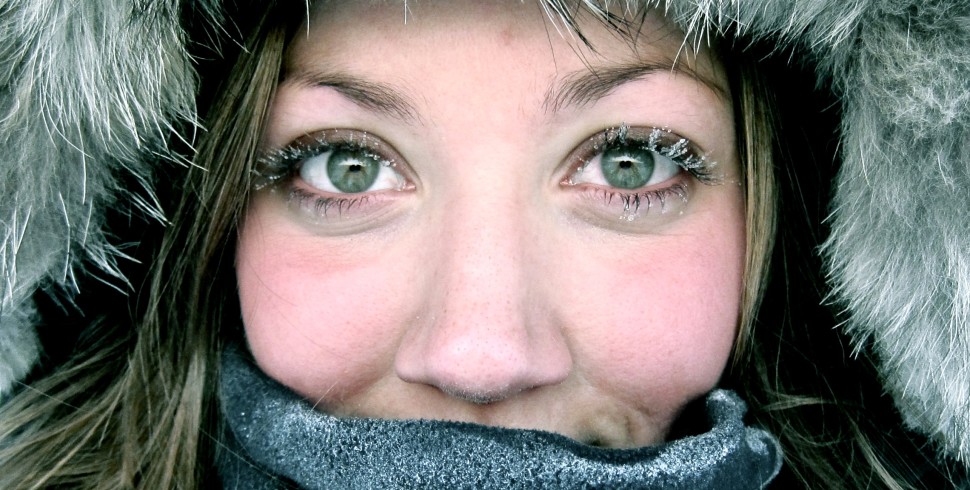

…when packing make sure nothing moves or shakes around! Use clothing for padding… Put liquids in ziplock bags…the another plastic shopping bag! Often then I shove those items inside of boots or shoes. I’ve had a few mishaps… One candles in a jar! That was a fun mess getting glass shards out of my suitcase! I’ve learned to put breakable so and other items that are way heavy in my carry on… Yes, I may or may not have out a huge 20lbs bag of flour in my carryon rolly before! Fit perfectly and was $5.97 on sale in the south but cost $49.99 up north!
Yes – all very good points! Sarah you are a seasoned vet when it comes to hauling southern goods northward.
Oh my! Reading about the prices of things in Nunavut makes me wonder if I should offer to bring some stuff over as part of my payment for a room in Iqaluit on AirBnB.